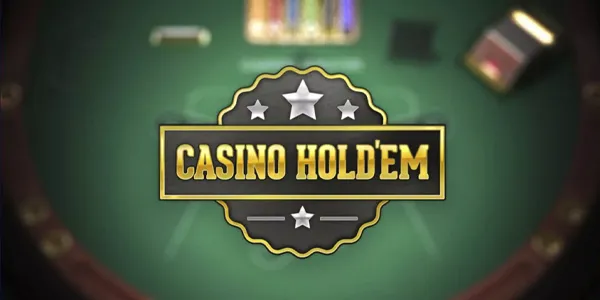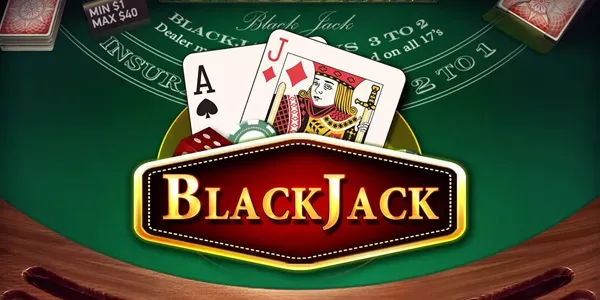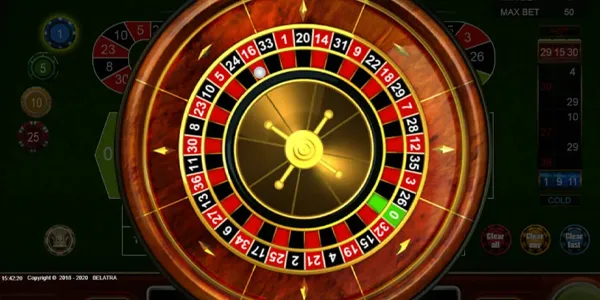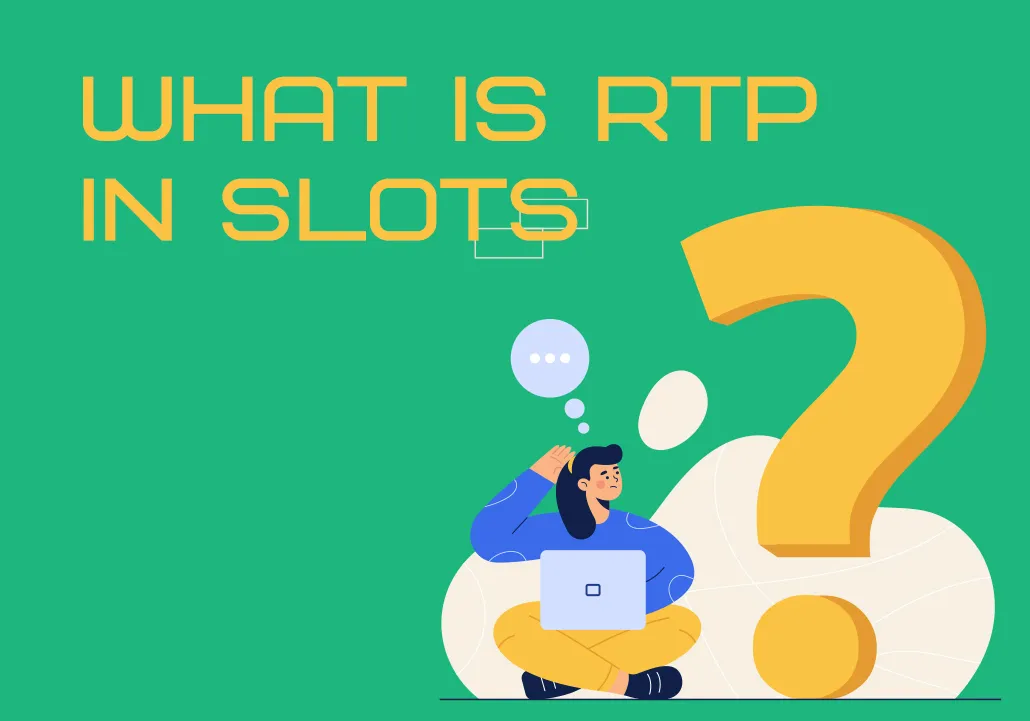
Return to Player, or RTP, is one of the most important concepts in the world of gambling. This term is used to describe the percentage of all bets that a casino returns to players. The history of the term “Return to Player” dates back to the early days of gambling, although the term itself only became widely used with the development of computer technology and online casino websites. In the early 20th century, when gambling began to gain popularity, the concept of RTP in various casino games existed but was neither clearly defined nor regulated.
The first slot machines, which appeared in the late 19th century, were mechanical and operated without clear indications of the return to players. However, with technological advancements and the transition to electronic and then computer systems in slot machines, it became possible to accurately calculate and control RTP. In the 1980s, with the advent of the first video slots, RTP began to be actively used to indicate the theoretical return of a slot machine.
Casinos with the Best RTP in Various Games
How the Approach to RTP Has Changed Over Time
Over time, the approach to RTP in gambling has significantly evolved and become more scientific. In the early years of game development, RTP was rather approximate and based on limited data. Slot machines could have RTP levels of around 70-80%, which was considered normal. With the development of software and the emergence of online casinos in the 1990s, it became possible to more accurately configure and control RTP. Modern slots usually offer RTP from 94% to 98%, which is a result of the intense competition in the gambling market and the desire to attract players by offering more favorable playing conditions.
Additionally, regulatory bodies such as the UK Gambling Commission and the Malta Gaming Authority began to require casinos and game developers to clearly indicate RTP in games and ensure its strict compliance with actual game statistics. This not only increased the transparency of gambling but also protected players’ interests.
Nowadays, with the further advancement of technology, the approach to RTP is becoming more individualized. Developers use complex algorithms to create games where RTP can dynamically change depending on the play style, bonus bets, and other factors. This new direction in the development of slot machines and other gambling games suggests that players can expect even more exciting slots and entertainment in the future.
Principles of RTP in Various Casino Games

Regarding the principle of RTP operation in slots, we have a separate article that you can read here. Concerning slot RTP, it is essential to consider some differences between classic slot machines and video slots. Classic slots, often featuring three reels and minimalist design, are traditionally known for their simplicity. They usually offer fewer betting lines and less frequently have various bonus features. Often, their RTP is slightly lower than that of more modern video slots. This is because classic slots have fewer opportunities for game customization.
Video slots are a more modern version of slot machines, usually equipped with five reels and multiple paylines, as well as various bonus features such as free spins, multipliers, and mini-games. These additional features not only make the game more interesting but also often contribute to a higher RTP, which can reach up to 98%. But this article is dedicated to RTP in various casino games. So let’s examine the house edge in table and live games.
RTP in Casino Hold’em

The RTP in Casino Hold’em can be quite high, usually around 97% to 98.75%, depending on the casino rules and the player’s strategy. It is important to note that, as with other forms of poker, using an effective strategy can significantly improve a player’s results. Optimal strategy in Casino Hold’em includes knowing when to bet and when to fold based on the hands being played.
In Casino Hold’em, similar to Caribbean Stud, there is the option to place additional bets, such as the flop bonus bet, which pays out regardless of the main game’s outcome. These bonus bets can have their own RTP, typically lower than the main game, adding an extra element of risk and opportunity for players.
RTP in Caribbean Stud

Caribbean Stud Poker is a popular casino game where each player competes against the dealer. A unique feature of this game is the option to bet on the jackpot, adding an excitement level to the gameplay. The typical RTP in Caribbean Stud Poker can vary but is usually in the range of 94% to 97%. This depends on the specific casino rules and the size of the progressive jackpot, if any.
One of the key points in Caribbean Stud strategy is the player’s decision on when to continue playing by betting twice the ante and when to fold. The optimal strategy generally advises players to continue playing (bet) with any pair or better and to fold with lesser hands. Following this strategy helps achieve the theoretical maximum RTP.
RTP in Blackjack

Blackjack is renowned for having one of the highest RTPs among casino games, making it very popular among players seeking to maximize their chances of winning. On average, the RTP in blackjack ranges from 99% to 99.5%. Factors affecting RTP in blackjack include:
- Number of decks. Games with fewer decks typically offer better RTP, as the likelihood of drawing a card that could worsen the player’s hand is reduced.
- Surrender rule. If the casino allows surrender, the player can surrender after the first two cards are dealt and get back half of their bet, which also increases the RTP.
- Doubling down. The ability to double down on any two cards or after splitting increases RTP.
- Splitting cards. Rules that allow multiple splits, including aces, also improve RTP.
- Payout for blackjack. The standard payout for blackjack is 3 to 2, but some casinos offer less favorable payouts, such as 6 to 5, which significantly lowers the RTP.
Using basic strategy in blackjack, which takes into account the player’s current hand and the dealer’s visible card, allows players to come as close as possible to the theoretical RTP.
RTP in Roulette

RTP in roulette can vary significantly depending on the type of roulette. There are three main types of roulette found in online casinos: American, European, and French. Each has its own features and strategy.
- American Roulette has two zeros (0 and 00), which increases the house edge and reduces the RTP to approximately 94.74%. This is the lowest RTP among roulette types.
- European Roulette with a single zero offers an RTP of about 97.3%. Fewer zeros increase the player’s chances, making this version more preferable.
- French Roulette also has a single zero. However, it includes rules such as “La Partage” and “En Prison,” which apply when zero is spun. These rules return half of the even-money bets (e.g., red/black) or allow the bet to stay for the next spin, increasing the RTP to 98.65%.
There are no strategies in roulette that can change the RTP, as each spin of the wheel is independent of the previous ones, but enthusiasts continue to experiment. However, choosing the type of roulette and the type of bets (inside vs. outside) can affect volatility and overall chances of winning.
RTP in Craps

Craps is a popular table game in casinos that attracts players with its dynamic nature and variety of bets. As with many other casino games, understanding RTP (Return to Player) is crucial for evaluating potential winnings and developing a game strategy.
Key bets in craps and their RTP:
- Pass Line. This is one of the main bets in craps. The RTP for the Pass Line bet is approximately 98.59%. The player wins if a 7 or 11 is rolled on the come-out roll and loses if a 2, 3, or 12 is rolled. If another number is rolled, it becomes the “point,” and the player wins if the point is rolled again before a 7.
- Don’t Pass Line. This is the opposite of the Pass Line bet. The RTP for the Don’t Pass Line is slightly higher at around 98.64%. The player wins if a 2 or 3 is rolled on the come-out roll, ties on 12, and loses on 7 or 11. If a point is established, the player wins if a 7 is rolled before the point is rolled again.
- Come. Similar to the Pass Line bet but made after a point is established. The RTP is the same as the Pass Line, around 98.59%.
- Don’t Come. Similar to the Don’t Pass Line bet but made after a point is established. The RTP is the same as the Don’t Pass Line, around 98.64%.
- Odds bets. These are additional bets that can be made after a point is established on Pass Line, Don’t Pass, Come, and Don’t Come bets. These bets have a 100% RTP, making them the most advantageous in the casino since the house has no mathematical edge on these bets. The payout depends on the likelihood of rolling the point, e.g., 2 to 1 for 4 or 10.
The Influence of Strategy on RTP
Choosing a strategy in craps can significantly impact your overall RTP. Bets with high RTP, such as Pass/Don’t Pass and Come/Don’t Come with additional Odds bets, maximize your chances of winning. Riskier bets, such as those on specific numbers or hard combinations, have lower RTP and increase the casino’s edge.
Playing craps requires understanding the various types of bets and their probabilities. Effective use of strategies that focus on high RTP bets can improve your overall results and increase the duration of your gaming session.
RTP in Baccarat

Baccarat is a popular card game in casinos known for its simple rules and relatively high RTP (return to player), making it one of the best choices for players. The peculiarity of baccarat is that players bet not on their own cards but on the potential outcomes of each hand—whether the “player” (Player) or “banker” (Banker) will win or if there will be a tie (Tie).
RTP calculation for various baccarat bets:
- Banker Bet
- RTP: Around 98.94%
- Bets on the banker are usually considered the most advantageous since the banker’s win probability is slightly higher than the player’s. The casino takes a commission on winnings from this bet (usually 5%), which reduces the effective RTP, but it remains the most favorable bet in the game.
- Player Bet
- RTP: Around 98.76%
- The player bet is also a good choice as it does not involve a commission, and the RTP is quite high. Despite the slightly lower RTP compared to the banker bet, many players prefer this bet due to the absence of a commission.
- Tie Bet
- RTP: Around 85.64% to 86%
- The tie bet attracts players with high payouts (usually 8 to 1, sometimes 9 to 1) but has significantly lower RTP compared to other bets. Due to the high house edge, this bet is considered less favorable for regular play.
The Influence of Strategy on RTP in Baccarat
In baccarat, game strategies are quite limited since the main decisions (drawing a card or standing) are predetermined by the game rules. Strategic decisions in baccarat are primarily related to the type of bet chosen rather than decisions during the hand. Therefore, the best strategy to increase RTP is to bet either on the banker or the player, avoiding bets on a tie.
Using betting systems (such as the Martingale or Fibonacci systems) can affect the volatility of your game and potentially increase your chances of short-term wins, but they do not change the game’s theoretical RTP. Thus, bet selection and bankroll management are key elements of strategy in baccarat.
The Importance of Understanding RTP in Casino Games
RTP in various casino games not only informs you of what percentage of bets the game returns in the long term but also helps evaluate which games offer the best chances of winning. Games with high RTP generally provide more favorable conditions, reducing the house edge over the player. For example, choosing blackjack with its high RTP can significantly increase your chances of success compared to games with low RTP, such as keno or certain slots.
Understanding RTP also plays a crucial role in developing an effective gaming strategy. Knowing which bets in a game offer the best return can help you make informed decisions, manage your bankroll more effectively, and extend your gaming sessions. This is especially important in games where your skills influence the theoretical return percentage.
Thus, being aware of RTP not only helps in choosing the most suitable games but also promotes a strategic approach to gambling. Always strive to select games with the highest RTP to improve your chances of winning and enhance your enjoyment of your time in the casino. To better understand RTP, we recommend reviewing the articles in our FAQ.
What is RTP (Return to Player) in Slots?
RTP in slots, or Return to Player, is a term frequently encountered in the online casino realm. In translation, RTP means “Return to Player.” This percentage value indicates the portion…
How to Determine RTP in Play’n GO Slots
Play’n GO is a renowned software developer for online casinos, founded in 2005 in Sweden. The company quickly established itself as an innovative creator of high-quality slot machines that are…
F.A.Q on RTP in Various Games
With the correct game strategy, the RTP in blackjack can reach 99.5%. This is the highest figure among all casino games.
The RTP of roulette depends on the type of game chosen. The best figures are in French roulette—98.65%. Next is European roulette with an RTP of 97.3%. The lowest figure is in American roulette—94.74%.
Depending on the variation, casino poker has a high RTP, allowing players to win frequently. In Casino Hold’em, RTP can reach 98.75%. If you prefer Caribbean Stud, its RTP is up to 97%.
The return percentage in baccarat depends on who you bet on. A bet on the banker has an RTP of 98.94%. If you bet on the player, your RTP is 98.76%.
In the late twentieth century, with the advent of the first online slots, RTP began to be actively used to indicate the theoretical return of a slot machine.








Be the first to comment